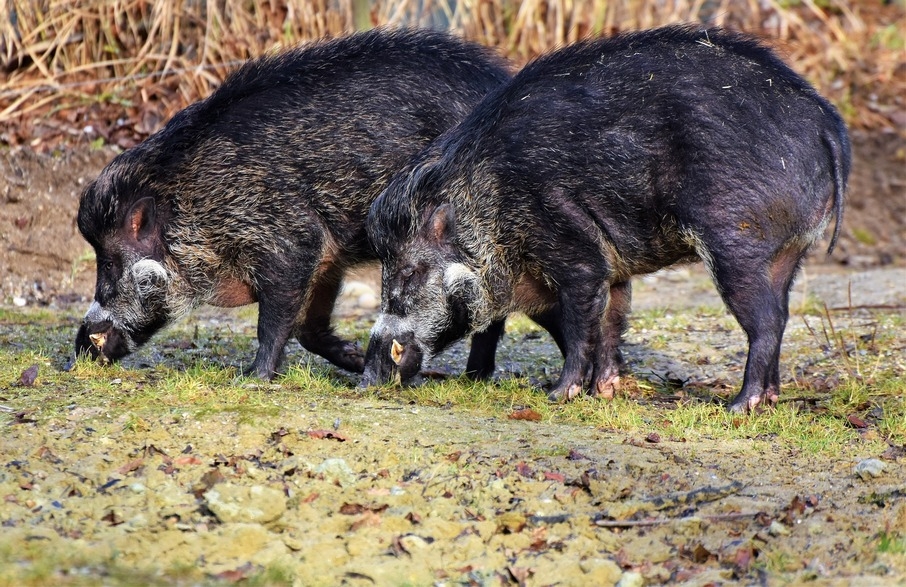ASF Germany: Another 4 core areas disappear

4 core areas that were formed after African Swine Fever (ASF) broke out in wild boar in Brandenburg state, Germany, will disappear. No new outbreaks occured in these zones. Of the original 11 core areas in Brandenburg state, 4 remain.
In a press release, the ministry wrote: “This means that the designated core areas and restrictions on the use of land for agriculture and forestry can be lifted by general decree by the districts. In particular, it is no longer necessary to search for fallen game before an area is farmed.”
ASF entered Germany in September 2020. It entered Brandenburg state through western Poland via migrating wild boar. 11 core areas were formed; 3 of them were lifted last year. In May 2022, core area 1 was lifted, consisting of parts of the districts Spree-Neisse/ Oder-Spree, just like core area 3, covering parts of Oder-Spree and Dahme-Spreewald districts. In October, core area 5 disappeared as well. This included parts of Frankfurt an der Oder and Oder-Spree districts.
Antje Töpfer is Brandenburg state secretary for consumer protection. In the press release she said, “The fact that we can abolish another 4 core areas is a great success, which we owe to the consistent implementation of the control measures by the districts concerned.”
Having thanked all instances involved, she continued to say, “With their perseverance in the marathon towards freedom from the disease, they are all performing an invaluable service not only for the state of Brandenburg, but also for the federal states to the west and for the whole of Western Europe. With extensive fencing measures, wild boar removals and fallen game searches in these districts, it has been possible to stop the spread of the disease towards the west and to push it back as far as the ASF protection corridor. For the control measures, the state has already reimbursed the districts for costs amounting to around € 93 million.”
The designated core areas (core areas 2, 4, 7, 9) will be lifted by general decree by the districts. Free-range and outdoor keeping of domestic pigs is possible again in the areas defined by the veterinary offices and with the approval of the district, provided that the necessary biosecurity measures are fulfilled by the animal keepers. Further relief for pig farmers, in particular for the movement of domestic pigs out of restriction zone II, will only be possible once it has been lifted.
In the subsequent screening phase of at least 6 months, wild boar must be significantly reduced. In order to achieve this difficult goal, hunters must once again intensify their activities to remove wild boar. The existing ASF fences will also remain in place for the time being.
State secretary Töpfer warned, “Despite this positive development, new cases of ASF in wild boar must be expected at any time. This is mainly due to damaged, stolen or unclosed wild boar barriers. Every new case of ASF found in the affected areas would set us back months on the road to freedom from the disease. We have taken an important step towards eradicating the disease, but the fight against the disease is not yet over.”
Apart from Brandenburg state, the virus has also protruded into Mecklenburg-Vorpommern state to the north and Saxony state to the south. All in all, the virus only managed to enter on 8 farms with domestic pigs in Germany. Four of these farms had fewer than 15 pigs on-site. In September 2021, the German authorities launched a long-term plan how to overcome the ASF disease pressure.
Read also
Wheat in Southern Brazil Impacted by Dry Weather and Frosts
Oilseed Industry. Leaders and Strategies in the Times of a Great Change
Black Sea & Danube Region: Oilseed and Vegoil Markets Within Ongoing Transfor...
Serbia. The drought will cause extremely high losses for farmers this year
2023/24 Safrinha Corn in Brazil 91% Harvested
Write to us
Our manager will contact you soon



